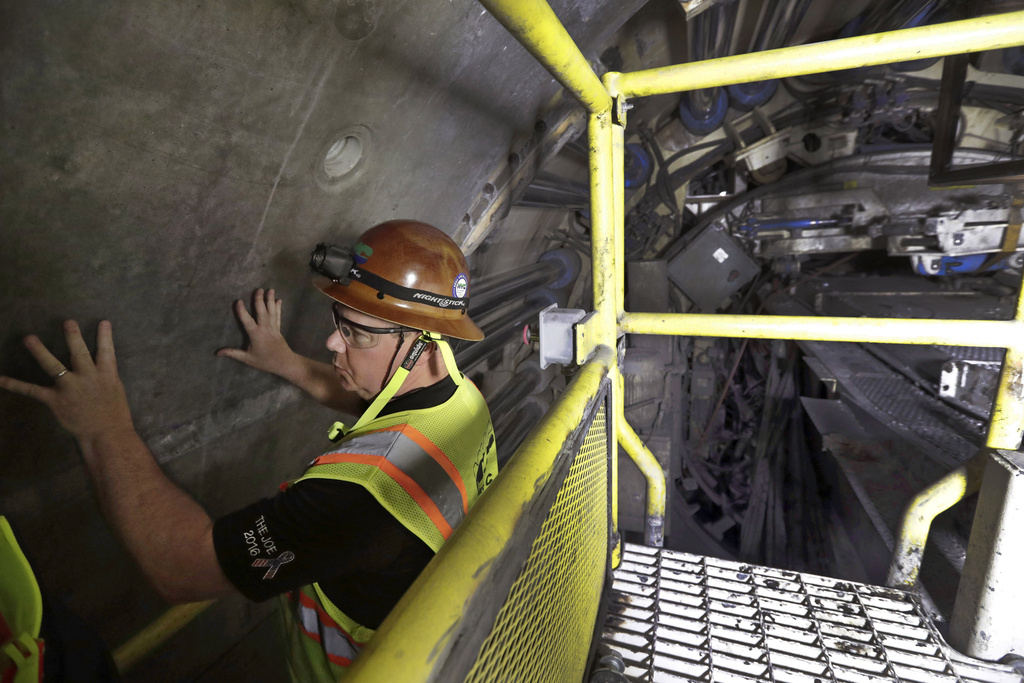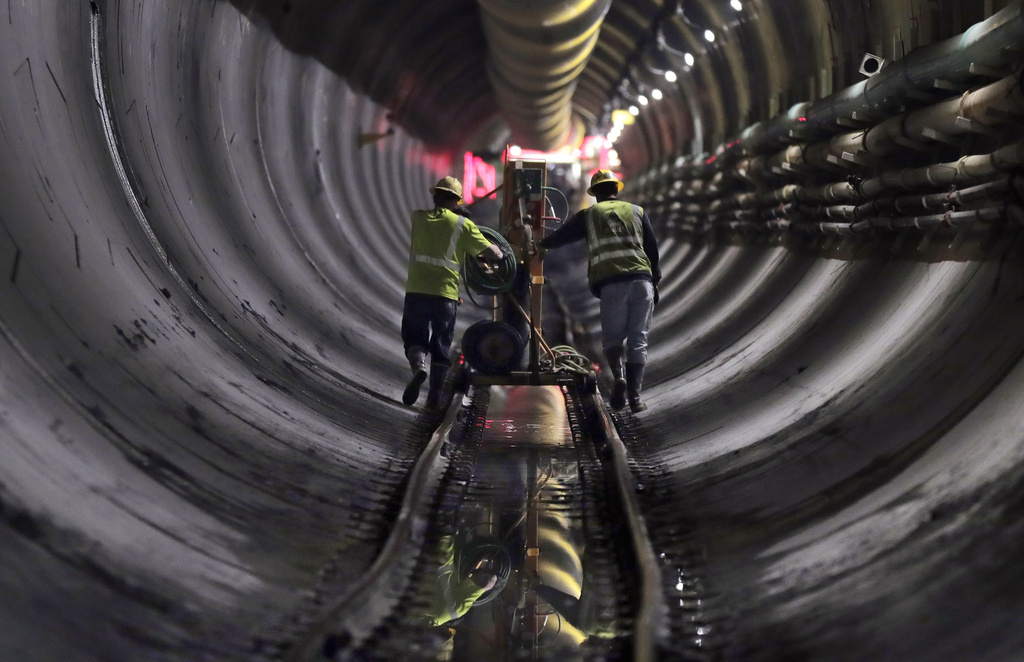NYC Declares First Drought Warning in 22 Years Amid Wildfire Risk \ Newslooks \ Washington DC \ Mary Sidiqi \ Evening Edition \ New York City has declared its first drought warning in 22 years, citing months of dry weather and dwindling reservoir supplies. Mayor Eric Adams announced significant water-saving measures, including reactivating the Delaware Aqueduct to restore water flow from upstate reservoirs. As wildfire risks increase, Governor Kathy Hochul has elevated 15 counties to drought warning status, urging statewide conservation efforts.

NYC Drought Warning Quick Looks
- Prolonged drought in NYC: Minimal rainfall triggers citywide water conservation measures.
- Delaware Aqueduct reactivation: Repair project paused to address critical water shortages.
- Wildfire risks escalate: Fires in city parks reflect worsening dry conditions.
- Conservation efforts expand: Public services and residents urged to reduce water consumption.
- Statewide drought response: Governor Hochul places 15 counties under drought warning, encourages statewide conservation.
Deep Look
The prolonged dry spell, which has left reservoirs across the state alarmingly low, forced the city to temporarily reactivate the Delaware Aqueduct. This critical infrastructure, which supplies water to New York City from reservoirs in the Catskill region, had been shut down in October for a $2 billion repair project aimed at fixing persistent leaks. However, with reservoir levels insufficient to sustain the city’s needs, officials halted the repair work to restart water flow from the aqueduct.
Fire Risks Add to the Crisis
The drought has not only strained water supplies but has also increased the risk of wildfires, even in densely populated urban areas. Just last week, a brush fire broke out in a park on the northern tip of Manhattan, sending plumes of smoke across the city. Days earlier, another fire in Brooklyn’s Prospect Park highlighted how vulnerable the region has become to the compounding effects of dry weather.
Water Conservation Protocols Implemented
In response to the drought warning, the city has rolled out a series of water-saving measures aimed at curbing usage across public and private sectors. These include:
- Reduced vehicle washing: City buses, subway cars, and other municipal vehicles will be washed less frequently.
- Limited water for public spaces: Decorative fountains and golf courses will see significant reductions in water use.
- Encouraging resident conservation: New Yorkers are being urged to cut back on personal water usage by taking shorter showers, fixing leaks, and using water-efficient appliances.
“Our city vehicles may look a bit dirtier, and our subways may look a bit dustier,” Adams said. “But these sacrifices are necessary to stave off a more serious drought emergency.”
Statewide Drought Worsens
The water shortage is not confined to New York City. On the same day, Governor Kathy Hochul expanded the state’s drought response by issuing a statewide drought watch and upgrading 15 counties to drought warning status. This move reflects the worsening conditions across the Northeast, where dry weather has sparked hundreds of brush fires and further strained water resources.
Hochul called on residents across the state to conserve water wherever possible. “Every drop counts,” she said, urging New Yorkers to adopt simple practices like turning off taps while brushing their teeth and fixing leaky faucets.
The Delaware Aqueduct: A Lifeline Under Repair
The aqueduct repair project, which has been in the planning and execution phases for years, aimed to address significant leaks that have long plagued the system. The work involved temporarily shutting off a portion of the aqueduct, forcing the city to rely on other reservoirs. However, the persistent drought has made it impossible to sustain current water demands without the aqueduct’s full capacity.
By restarting the aqueduct, the city hopes to stabilize its water supply while officials assess how to move forward with the delayed repair project.
Future Risks and Preparedness
The city’s experience underscores the importance of long-term planning and infrastructure investments to prepare for future droughts. Modernizing water systems, improving leak detection, and enhancing reservoir management are critical steps to ensure the city’s resilience in the face of climate-related challenges.
Community Responsibility
City officials are urging New Yorkers to do their part by conserving water in daily activities. Simple steps like fixing household leaks, using rainwater for outdoor plants, and turning off sprinklers during rainy days can collectively make a significant impact.
“This is a shared responsibility,” Adams said. “Every New Yorker has a role to play in preserving our water resources and preventing this situation from worsening.”
NYC Declares NYC Declares NYC Declares








You must Register or Login to post a comment.